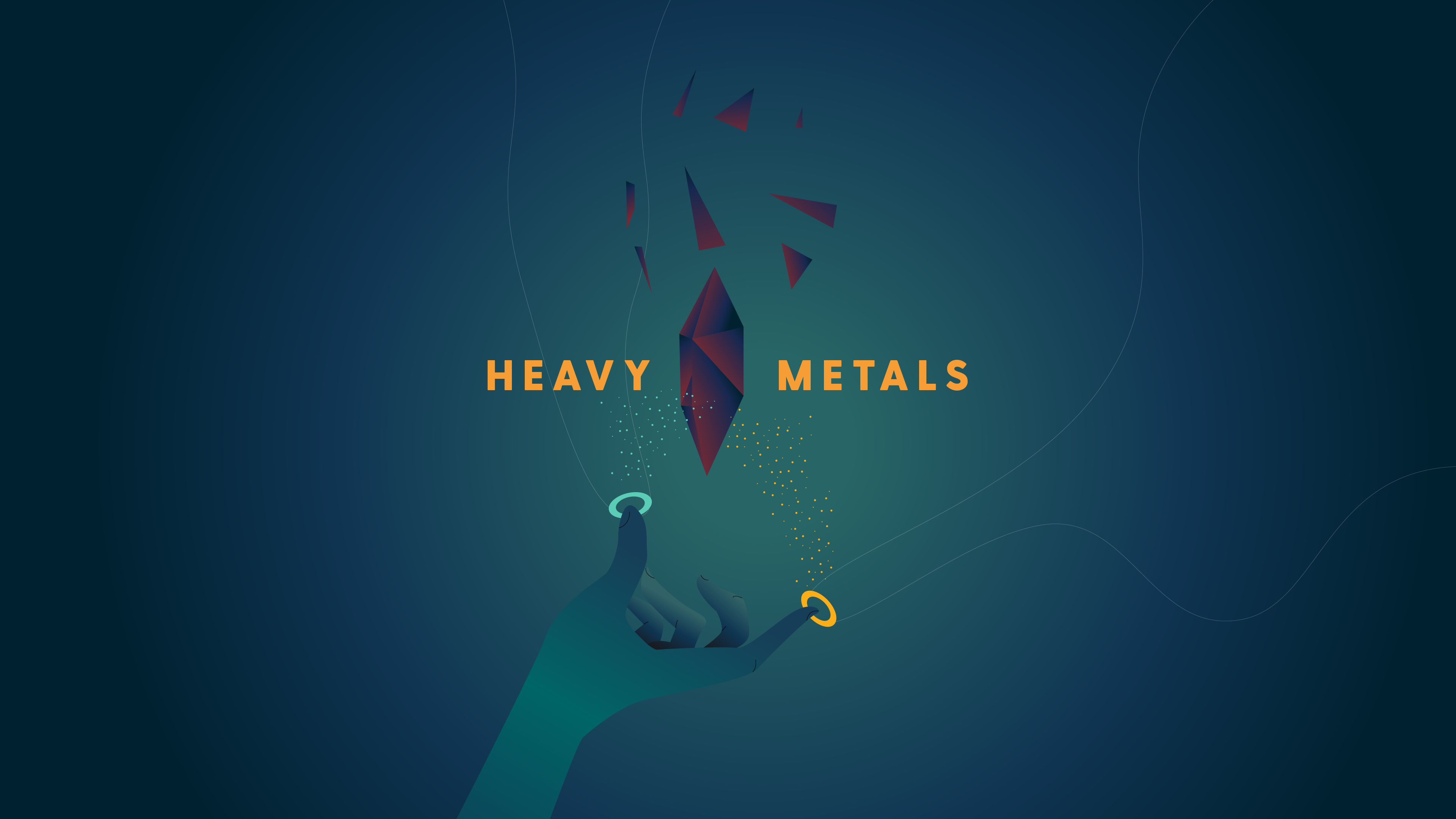
TRANSCRIPT
That ring on your finger made of platinum or gold contains a secret that has been at the center of a cosmic mystery.
Scientists have been combing the galaxy to figure out where these so-called “heavy elements” come from.
Lighter elements—everything from helium, with its two protons per atom, on up to iron, which has 26 protons in each nucleus—are better understood.
Most of these form inside stars. But our knowledge gets fuzzy after iron.
Gold, which has 79 protons in each atom, can’t be made that way. The same goes for platinum, xenon, radon and many rare Earth elements.
For decades scientists theorized where these “heavy metals” came from and how they arrived on Earth. The leading idea was an extremely violent cosmic event—a collision between two neutron stars.
Until recently this was just a theory—but that changed a few years ago, when scientists detected gravitational waves from such a crash—and saw light at the same time.
This light held the chemical signatures of these heavy elements—offering the first evidence supporting the theory of where they came from. It also helped scientists fill in some of the details of how this process might work.
Neutron stars are the densest things in the universe except for black holes. They are born when heavy stars die and their cores collapse. The incredible gravitational pressure squishes the atoms together, protons and electrons smush, all leaving a star almost entirely made of neutrons.
In the rare case when two neutron stars slam together—the explosion creates mind-blowing temperatures and pressures.
It also pumps out a lot of free neutrons—up to a gram of neutrons spills into every cubic centimeter of space.
These rare conditions ignite what’s called the rapid neutron-capture process, otherwise known as “R-process” for short.
It all starts with a seed nucleus, such as iron. The iron nucleus starts out with 26 protons and around 30 neutrons.
But during the R-process, it will quickly capture many more neutrons in a matter of milliseconds. The new nucleus is highly unstable because of its lopsided quantity of neutrons, so some of the neutrons will decay into protons.
The result of this extremely fast, complex process is a new form of matter.
Just think, that piece of gold on your finger—every bit of it started off in a cosmic cataclysm that is among the most violent and powerful forces in the universe.
A cosmic mystery on the way to being solved, and a piece of the universe, all in the palm of your hand.
